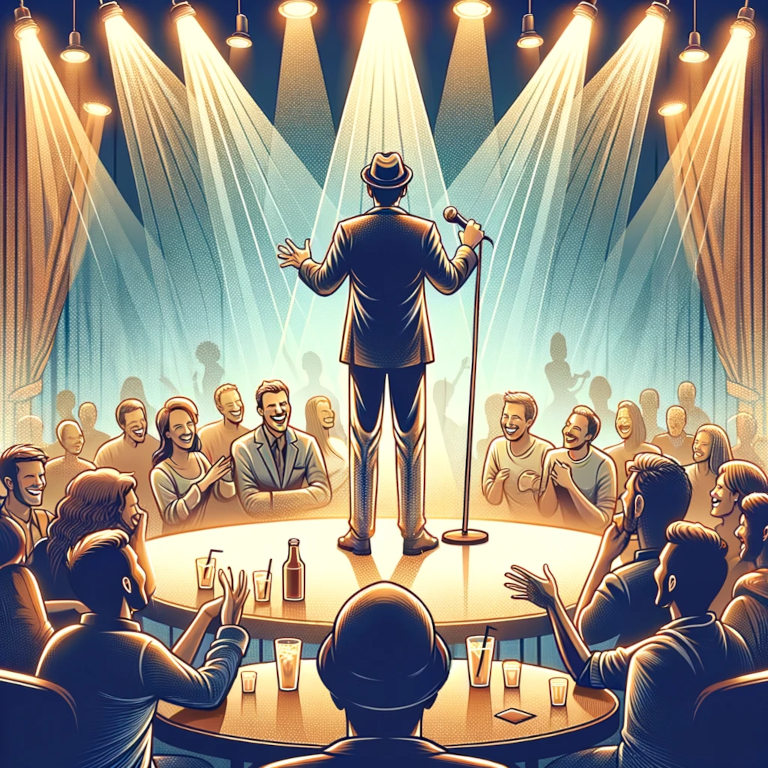Stand-up comedy, a genre of comedy that features a comedian speaking directly to a live audience, has evolved into one of the most spontaneous and engaging forms of entertainment. As an expert in entertainment, this article explores the intricacies of stand-up comedy, offering insights into its techniques, its evolution, and how it remains a vital part of modern culture.
What is Stand-Up Comedy?
Stand-up comedy is a performance art that is distinctly personal and often interactive. Comedians deliver a rapid-fire series of jokes, anecdotes, and humorous reflections directly to an audience, typically speaking without props or accompaniment. The direct engagement with the audience is what sets stand-up apart from other comedy formats.
The Evolution of Stand-Up Comedy
Stand-up has roots that go back to vaudeville and music hall entertainers, but it has significantly evolved:
- Classic Era: In the mid-20th century, stand-up comedians like Lenny Bruce and George Carlin began pushing the boundaries of what could be discussed openly in society, using comedy as a tool for social commentary.
- Modern Comedy: Today’s stand-up scenes blend a variety of styles, including observational comedy, blue comedy, improvisation, and satirical news commentary. Comedians like Dave Chappelle, Amy Schumer, and Kevin Hart use platforms ranging from comedy clubs to large streaming services to reach their audiences.
Techniques Used in Stand-Up Comedy
- Timing and Delivery: Mastery of timing is crucial for comedians; knowing when to deliver the punchline or pause for effect can make or break a joke.
- Audience Engagement: Good stand-ups know how to read their audience and adjust their material on the fly. Interaction can also involve handling hecklers gracefully, turning potential disruptions into part of the show.
- Building a Routine: Successful comedians often weave themes and callbacks into their sets, creating a narrative structure that resonates more deeply with the audience.
Stand-Up Comedy as a Career
Building a career in stand-up comedy requires resilience and flexibility:
- Starting Out: Many comedians begin in local clubs or open mic nights, honing their craft through trial and error.
- Development: As comedians develop, they might compile a solid set of material that can be taken on the road or recorded for broader distribution.
- Diversification: Successful stand-up comedians often branch into writing, acting, or hosting television and radio shows to expand their reach and influence.
The Impact of Stand-Up Comedy on Culture
Stand-up comedy does more than make people laugh; it often holds up a mirror to society, challenging audiences to think critically about contentious and complex issues. Comedians have historically used humor as a subtle tool for social change, addressing topics from politics to personal identity in ways that are accessible and engaging.
The Future of Stand-Up Comedy
With the rise of digital media, stand-up comedy is more accessible than ever. Streaming platforms and social media have democratized access to comedy, allowing up-and-coming comedians to reach global audiences and change the dynamics of how comedy is consumed and appreciated.
Navigating the world of stand-up comedy requires an understanding of both its history and its mechanics. For those looking to explore this exhilarating form of entertainment, appreciating the subtle nuances of a comedian’s performance can enrich the experience, making each laugh not just an act of amusement but a connection to a larger cultural conversation.






